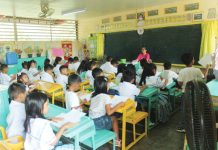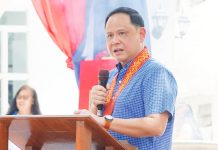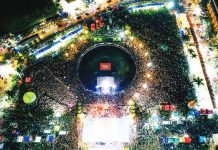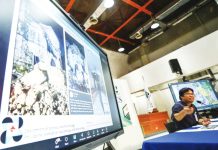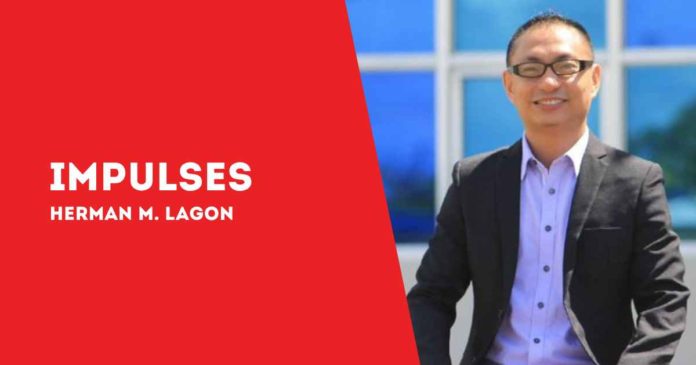
PEACE often feels out of reach in a world of division and conflict. But the idea of peace has evolved beyond simply avoiding clashes; today, it calls for a quiet revolution—a Peace Revolution—where fairness, empathy, and inclusivity take center stage.
To truly achieve peace, we need to cultivate it actively, across all aspects of society. Peace education, reaching from classrooms to boardrooms, social media to policy-making halls, and from local movements to global platforms, is the foundation of this revolution. It is about reshaping mindsets and societal systems to favor unity over discord.
Peace education is not just about teaching children to “get along.” It is about equipping all of us with the skills to manage conflicts, nurture respect across cultures, and build resilience. It champions open dialogue grounded in justice, accountability, and inclusivity. By integrating diverse values—such as Indigenous Peoples’ (IP) education, gender inclusivity, labor rights, and equitable access to healthcare and education—we move closer to a society that genuinely celebrates differences.
A UNESCO report in 2018 revealed that societies embracing diversity tend to be more resilient, stable, and peaceful. It is a small but potent revolution in mindset.
Traditionally, peace education was considered an add-on, a last resort only after conflicts arose. Today, it is seen as essential in preventing conflict before it even begins. Imagine a revolution that starts with teaching empathy in every classroom. In Finland, for instance, emotional literacy is part of the curriculum, empowering students to manage their emotions constructively.
Similarly, deliberately introducing and sustaining IP education and a culture of dialogue in our country would allow students to understand and appreciate the histories and contributions of indigenous communities, forming a foundation for peaceful coexistence.
This Peace Revolution is particularly relevant in our country, where divisions based on social status, religion, and region remain deep. Programs that integrate IP education and address equity in education and healthcare can bridge divides at their roots. Laws like the Environmental Awareness and Education Act of 2008, which mandates sustainability-focused education, already lay a foundation of shared responsibility. Expanding such efforts to include peace education reinforces this commitment, nurturing a generation that values inclusivity and justice.
Central to this revolution is social justice.
True peace cannot exist without addressing structural inequities; peace, without justice, is merely a privilege for some. Teaching young people about labor rights fosters respect for the dignity of work and the value of fair treatment. Research from the Peace Research Institute Oslo shows that unequal societies experience more frequent conflicts, underscoring the need for systems promoting equal opportunities. Here, peace education becomes a quiet force, advocating for policies recognizing fairness as essential to harmony. (To be continued)/PN

